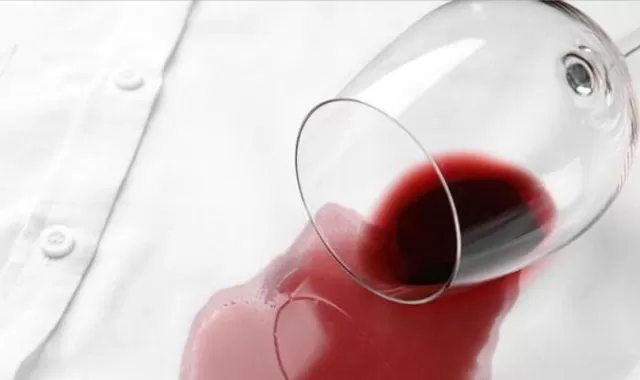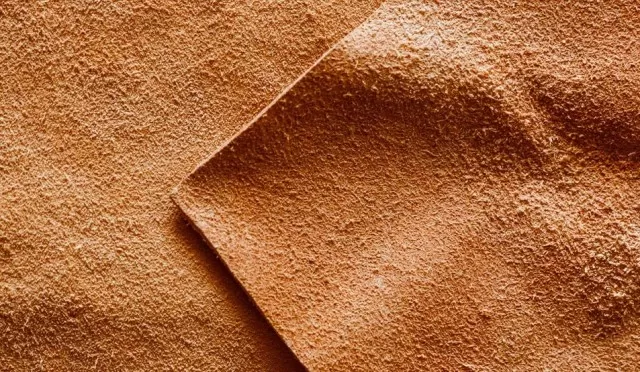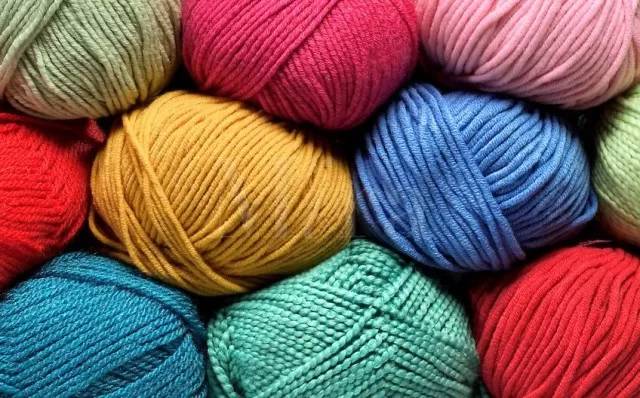In the following stain removal guide, we will demonstrate the techniques to eliminate Red Wine Stains from various clothing.
Additionally, you’ll gain insights on how to effectively treat red wine stains on several household materials such as carpet, stainless steel, ceramic tile, laminate flooring, and more.
Armed with these helpful tips, you can approach red wine stains with confidence, knowing how to address them successfully, regardless of the surface they occur on.
Removing Wine Stains on Different Materials

Spandex/Lycra:
To remove wine stains from spandex/Lycra, promptly rinse the affected area with cold water to dilute the stain and prevent it from setting.
Follow the garment care label’s guidelines and wash in the warmest water recommended. Check the stain; if any wine remains, use color-safe bleach for colored garments or liquid chlorine bleach for whites (if safe according to the label).
Air-dry the garment and inspect for any remaining stains. Repeat the process as necessary before drying as directed on the label.
Stainless Steel:
To clean wine stains on stainless steel surfaces, begin with a vinegar-soaked towel.
Wipe the stain with the damp towel, rinse, and then wipe it dry. If the stain persists, gently rub the area with a paste made from baking soda and mild clear Dish Soap, making sure to go with the grain to prevent surface damage.
Wipe dry with a clean cloth.
Suede:
For wine stains on suede, fill a jar halfway with lukewarm water and add mild clear dish soap to create suds.
Apply only the suds to the stained area using a sponge, gently dabbing at the stain. Wipe it dry with a soft, clean cloth.
Complete the cleaning process by using a suede cleaner/conditioner following the manufacturer’s instructions.

Velvet:
To treat wine stains on velvet, start by dabbing the stain with warm, soapy water, and then blot it with a dry cloth.
Use a 50-50 vinegar-water solution and blot dry. Repeat the process with warm, soapy water and clear water until the stain is gone.
For washable velvet, soak the garment in a mixture of lukewarm water, liquid dishwashing soap, and vinegar for 15 minutes.
Rinse, and if the stain is gone, proceed to wash according to the garment’s label. If the stain persists, lightly sponge the stain with rubbing alcohol, blotting from the edge to the center.
Rinse and air-dry. If the stain is still present, soak the clothing in a solution of warm water and an enzyme presoak product.
If the stain disappears, wash as per the garment’s label. Always ensure the stain is gone before drying.
Vinyl:
For cleaning red wine stains on vinyl surfaces, wipe the stain with rubbing alcohol and a damp cloth.
Wipe it dry. If any stain remains, create a paste of baking soda and water to gently rub into the stain until it lifts.
Rinse with clear water and then dry the area.
By employing these specialized stain removal tips for different materials, you can effectively manage red wine stains and preserve the quality and appearance of your belongings.
Acting swiftly and using the appropriate cleaning methods tailored to each material will help you handle wine spills with confidence. Remember to always follow manufacturer instructions and care labels to avoid causing damage during the cleaning process.
Removing Red Wine Stains on Wool:

To effectively tackle red wine stains on wool, start by blotting the stained area to remove as much excess wine as possible.
Next, use a consumer dry-Cleaning Solvent to address any grease stains on the wool surface. Blot with water, and then proceed to blot it dry.
If the stain persists, create a solution by mixing 1 teaspoon of neutral detergent and 1 teaspoon of white vinegar in 1 quart of warm water.
Use this solution to blot the stain on the wool. Follow up by blotting with clear water.
Repeat these steps until the stain lifts completely. Finally, blot the area dry.
Please keep in mind to carefully adhere to the instructions on the garment’s label and the manufacturer’s guidelines for any products you use during the stain removal process.
This ensures that you handle the stain with care and avoid any potential damage to the delicate wool fabric.
Wool is a sensitive material, and it’s essential to be cautious when dealing with stains.
The blotting technique helps prevent the stain from spreading further into the fabric. Additionally, the use of a dry-cleaning solvent and a gentle cleaning solution with vinegar helps break down the wine stain effectively without harming the wool fibers.
Remember, each wool garment may have specific care requirements, so always refer to the garment label for any additional cleaning instructions.
When treated properly, you can successfully remove red wine stains from wool and preserve the beauty and integrity of your cherished woolen items.
*The information is for reference only.